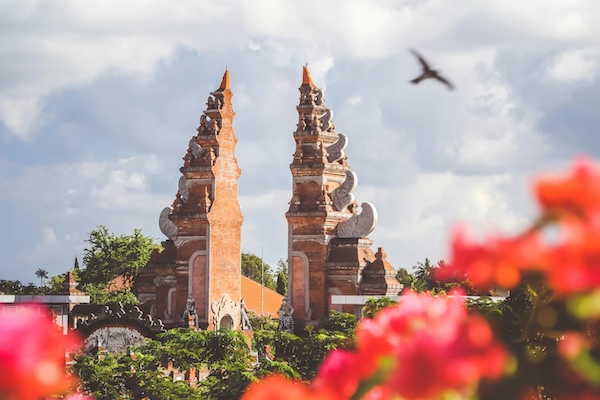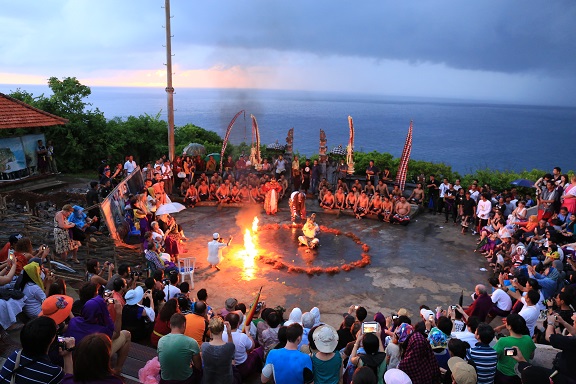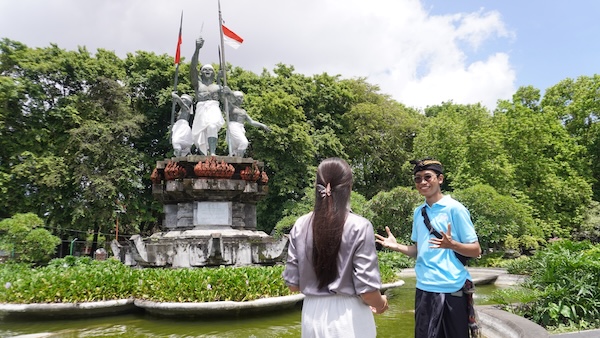The first time you hear a Gamelan orchestra, it’s hard not to be captivated.
The shimmering bronze of the metallophones, the deep, resonant gongs, and the layered rhythms all come together to create something truly unique. It’s more than just music—it’s a sound that seems to transport you to another world. In Bali, Gamelan is everywhere, from the quiet, sacred halls of temples to the lively, colorful streets during village festivals.
But Gamelan is not just entertainment; it’s the heartbeat of Balinese culture. Its sounds are intertwined with the island’s religious rituals, social traditions, and everyday life. Every note played reflects a connection between the physical and the spiritual, between the past and the present. Exploring the Gamelan is a journey through Bali’s history, its communities, and its deeply rooted spirituality.
Tracing the Historical Roots of Gamelan
The origins of Gamelan are as complex and intriguing as the music itself. Some believe its roots can be traced back to early Hindu-Buddhist traditions from Java and the wider Southeast Asian region. Over centuries, the influence of neighboring cultures like India and China blended with local beliefs to shape the early Gamelan we know today.

One of the most significant periods in Gamelan’s history came during the Majapahit Empire, which ruled much of Indonesia in the 14th century. As the empire’s influence spread across Bali, so did its cultural practices, including Gamelan. The music continued to evolve, taking on distinct characteristics that reflected the Balinese people’s unique cultural and spiritual identity. Notable figures, from kings to composers, have contributed to its development, ensuring Gamelan’s place in Bali’s history for generations.
The Many Faces of Gamelan
Gamelan is far more than just music played at special occasions—it’s woven into the fabric of everyday Balinese life. In temples across the island, Gamelan creates a sacred atmosphere that helps devotees connect with the divine. The sound of the instruments accompanies prayers and rituals, acting as a bridge between the human world and the spiritual realm. For many, these melodies elevate the experience of worship, making it feel even more profound.
Beyond the temples, Gamelan is an essential part of Bali’s celebrations. At weddings, festivals, and community events, the lively sounds of the Gamelan bring people together. It’s a sound that symbolizes joy and unity. When the music plays, it’s not just the musicians who are engaged—the whole community feels the rhythm. Gamelan connects people through shared experiences, strengthening the bonds between them.
The role of Gamelan extends even further into storytelling and performance art. It provides the soundtrack for traditional Balinese dances and shadow puppet shows (wayang kulit), both of which are integral to preserving the island’s rich narratives. Through these performances, stories of gods, heroes, and ancient myths are brought to life, with the Gamelan guiding the emotions and movements of the performers.
Gamelan Today: Tradition Meets Innovation
Though rooted deeply in tradition, Gamelan has not remained static. Today, the music continues to evolve, incorporating new elements while staying true to its origins. Modern Balinese composers experiment with different instruments, rhythms, and even collaborations with Western music styles. This openness to innovation has allowed Gamelan to stay relevant and vibrant in both local and international contexts.

Across the world, Gamelan has gained appreciation in places far from Bali. From schools in the United States to contemporary art installations in Europe, this ancient music has crossed borders and influenced musicians in unexpected ways. Despite its global reach, the soul of Gamelan remains in Bali, where the music continues to be passed down from one generation to the next.
The efforts to preserve Gamelan’s tradition remain crucial. With modernization affecting many aspects of Balinese life, local communities and organizations have taken steps to ensure that this musical art form doesn’t fade away. Through dedicated schools, festivals, and cultural programs, Gamelan continues to thrive as a living tradition.
Experience the Magic of Gamelan in Bali
The beauty of Gamelan lies not only in its sound but in its deep connection to Bali’s culture and community. It’s a living tradition that continues to shape and be shaped by the people who play and listen to it. Whether you hear it during a religious ceremony, a village festival, or a dance performance, the Gamelan invites you to experience Bali on a deeper, more spiritual level.

If you’re looking to truly immerse yourself in this fascinating musical world, there’s no better way than to experience it firsthand. The Discover the Balinese Gamelan tour offers a unique opportunity to learn about Gamelan from local masters, witness live performances, and even try playing the instruments yourself. Explore the rich history, hear the captivating sounds, and gain a new appreciation for this remarkable cultural treasure.
Book your tour today and start your journey with the Discover the Balinese Gamelan Tour at https://kura2bus.com/tours/discover-the-balinese-gamelan.







